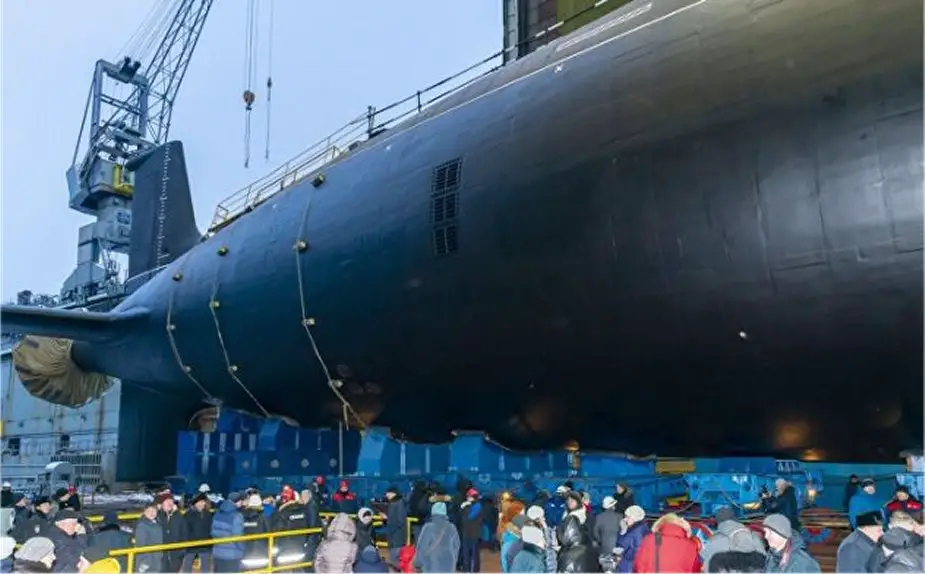Breaking news
Russian submarine Novosibirsk to test fire Kalibr missiles end of the month.
According to information published by Tass on July 8, 2022, the Novosibirsk SSGN of project 885M will test-fire cruise missiles in late July and then sail to the permanent deployment base in the Pacific Ocean.
Follow Navy Recognition on Google News at this link
 Russian Project 885M submarine Novosibirsk (Picture source: Vpk)
Russian Project 885M submarine Novosibirsk (Picture source: Vpk)
In the second half of August, the SSGN will sail to the permanent deployment place via the Northern Sea Route and sometimes under the ice. The Novosibirsk will be the first Yasen-M class SSGN in the Pacific fleet.
It was reported that the Novosibirsk would test-fire Onyx and Kalibr-PL at least four times from submerged and surfaced positions before sailing to the Pacific fleet.
About the Russian submarine Novosibirsk
K-573 Novosibirsk is a Yasen-class nuclear-powered cruise missile submarine of the Russian Navy. It is the second boat of the project Yasen-M. Considerable changes were made to the initial Yasen design. Differences in the project have appeared sufficient to consider it as a new upgraded version Yasen-M.
The Novosibirsk will have a length of 130 m (430 ft), a beam of 13 m (43 ft), and a draught of 9.4 m (31 ft), she will reach a top speed of 20 knots (37 km/h; 23 mph).
About the Oniks missile
The P-800 Oniks, also known in export markets as Yakhont, is a Soviet / Russian supersonic anti-ship cruise missile developed by NPO Mashinostroyeniya as a ramjet version of the P-80 Zubr.
Its GRAU designation is 3M55, the air-launched Kh-61 variant also exists. The missile has the NATO reporting codename SS-N-26 "Strobile". Development officially started in 1983, and in the 1990s the anti-ship missile was tested on the Project 1234.7 ship.
In 2002 the missile passed the whole range of trials and was commissioned. It is reportedly a replacement of the P-270 Moskit, but possibly also of the P-700 Granit.
The P-800 was used as the basis for the joint Russian-Indian supersonic missile BrahMos. The missile is carried in flight by aerodynamic lift. The solid-propellant booster is located in the ramjet's combustion chamber and is ejected by the airflow after it has burned out.


























